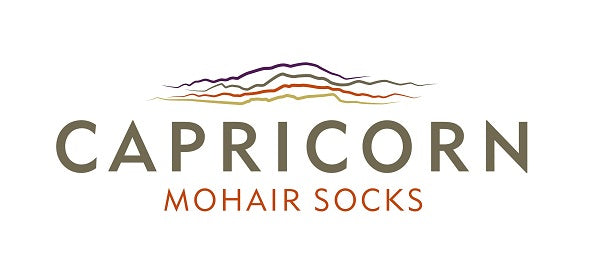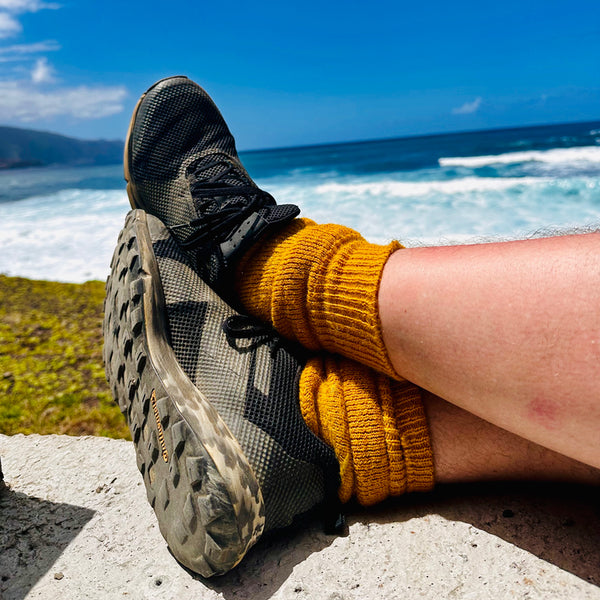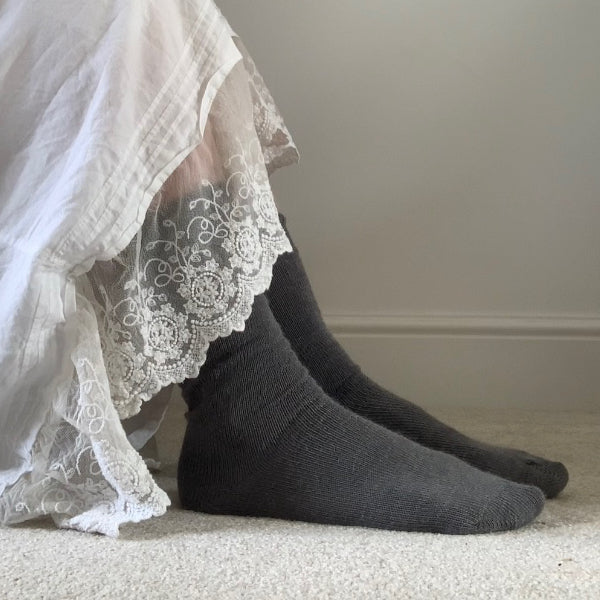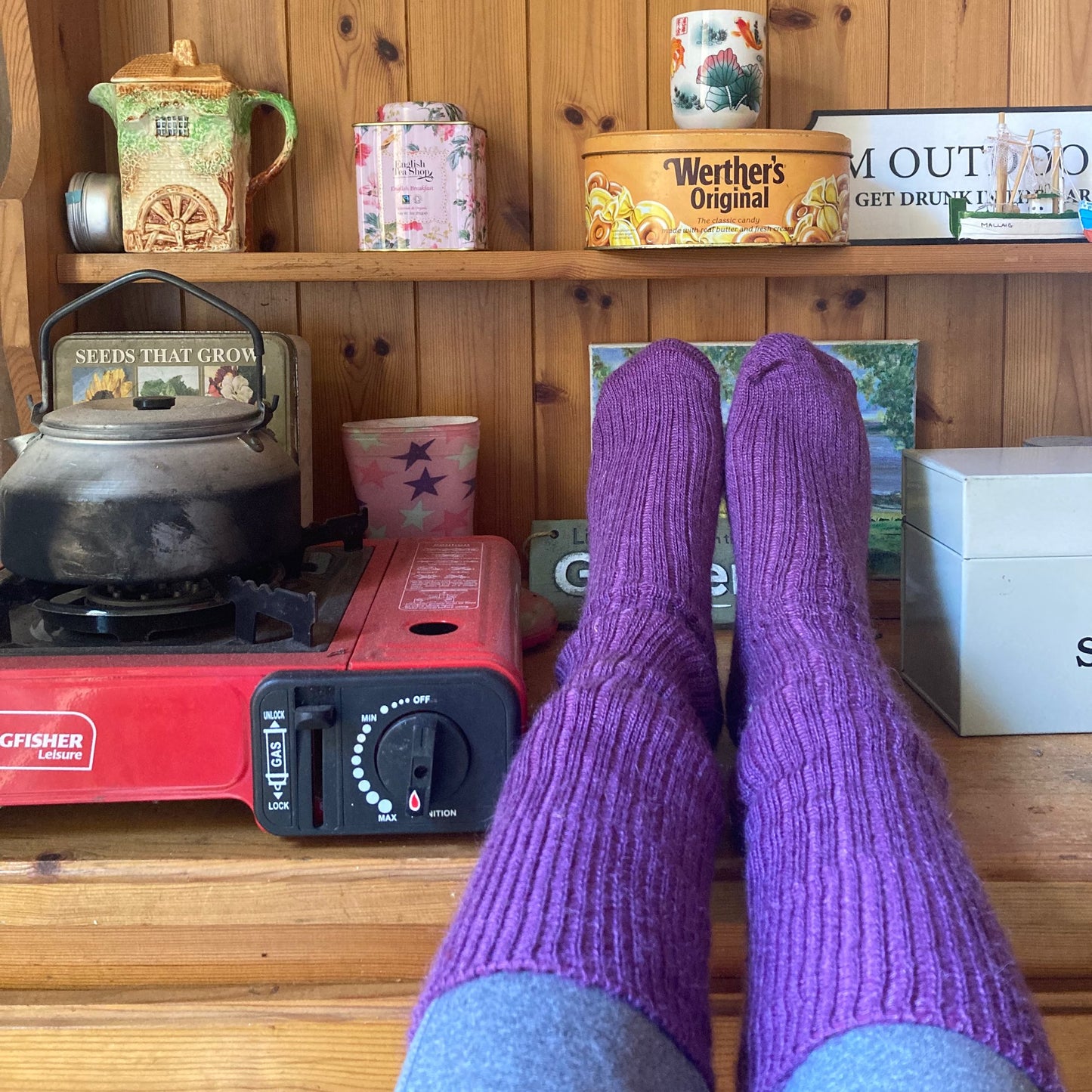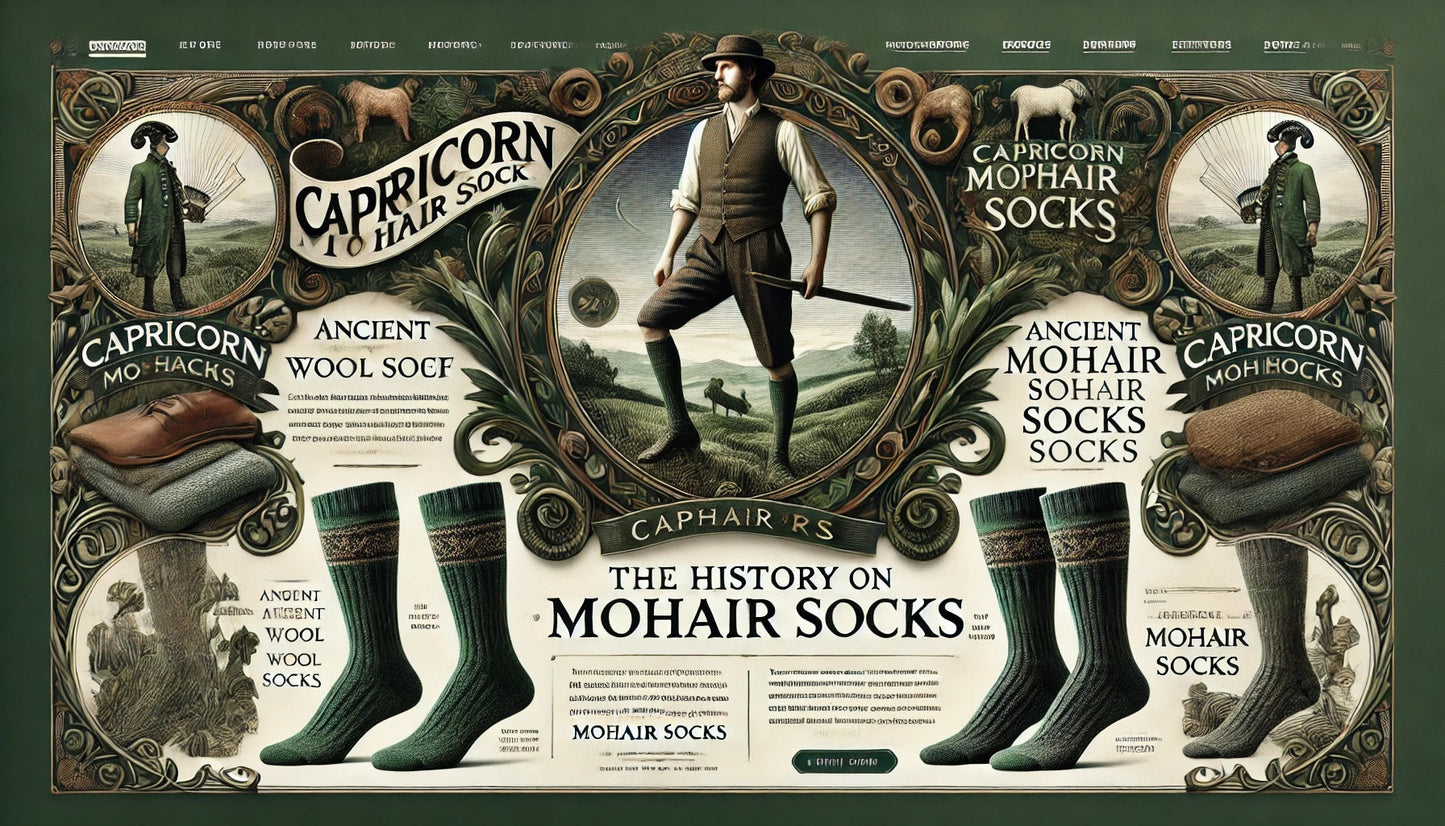
Socks have been an integral part of human attire for centuries, evolving from humble foot coverings to a statement of comfort and style.
While their basic purpose of socks, protecting feet from harsh conditions, has remained constant, their design, material, and cultural significance have transformed dramatically over time.
Among modern sock innovations, Mohair Socks stand out for their unique blend of durability, luxury, and practicality.
Ancient Beginnings
The history of socks can be traced back to ancient civilizations. The earliest known examples, dating to around 300-500 AD, were discovered in Egypt.
These ancient socks were crafted from woven wool and featured split toes, designed for use with sandals. Similarly, the Greeks and Romans used rudimentary foot coverings made from animal skins or matted hair to provide warmth and protection.
Medieval Symbolism
In the Middle Ages, socks became a symbol of wealth and status.
Nobles wore stockings made from fine fabrics like silk, often adorned with elaborate embroidery.
This trend highlighted the sock’s transition from a functional item to a marker of social distinction.
However, for the general populace, socks remained a practical necessity, made from coarse wool or flax.
Industrial Revolution: The Game Changer
The advent of the Industrial Revolution in the 18th century brought about significant advancements in sock production.
Knitting machines enabled mass production, making socks more accessible to people across all social strata.
During this time, the variety of materials expanded, including cotton and wool blends that offered improved comfort and affordability.
The Emergence of Mohair Socks
Mohair, derived from the fleece of the Angora goat, has been valued for centuries for its exceptional qualities. Known for its silk-like sheen, strength, and insulation properties, mohair became a sought-after material for high-quality garments. The application of mohair to sock production marked a turning point in the industry.
Mohair socks gained popularity for their unique attributes:
- Durability: Mohair fibers are stronger than wool, ensuring that socks last longer.
- Comfort: The smooth fibers reduce irritation and are ideal for sensitive skin.
- Thermal Regulation: Mohair’s natural properties keep feet warm in winter and cool in summer.
- Odor Resistance: Its moisture-wicking abilities help prevent odors, making it perfect for active wearers.
Modern-Day Versatility
Today, Mohair socks are celebrated not just for their functionality but also for their luxurious appeal.
From hikers seeking robust and breathable options to fashion enthusiasts looking for elegant designs, mohair socks cater to a wide audience.
They are particularly favoured where the wearer demands a resilient yet comfortable sock.
A Sustainable Choice
In addition to their performance and comfort, Mohair Socks align with growing trends in sustainable fashion. Mohair production is often less resource-intensive than synthetic alternatives, and when sourced responsibly, it supports ethical farming practices and local economies.
Conclusion
From ancient Egypt’s woolen socks to today’s luxurious mohair creations, the journey of socks reflects broader societal changes in technology, culture, and fashion.
Mohair socks, with their rich history and unparalleled qualities, stand as a testament to how traditional materials can be adapted to meet modern needs.
Whether for practicality, style, or sustainability, Mohair Socks continue to hold a special place in the world of footwear.
The YouTube video above "The Origins and History of Socks" provides an insightful overview of the evolution of socks from ancient times to the present day.
It begins by highlighting that the earliest known socks date back to around 300-500 AD in ancient Egypt, crafted from woven wool.
The video then explores how, during the Middle Ages, socks became a symbol of wealth and status among European nobility, often made from luxurious materials like silk and embroidered with intricate designs.
The Industrial Revolution marked a significant turning point, introducing knitting machines that made sock production more efficient and accessible to the general population. In contemporary times, socks have evolved into both functional and fashion items, available in a vast array of materials, patterns, and purposes, from athletic performance to high fashion statements.
This historical journey underscores the sock's transformation from a practical necessity to a versatile accessory, reflecting cultural and technological advancements throughout human history.
Further reading
